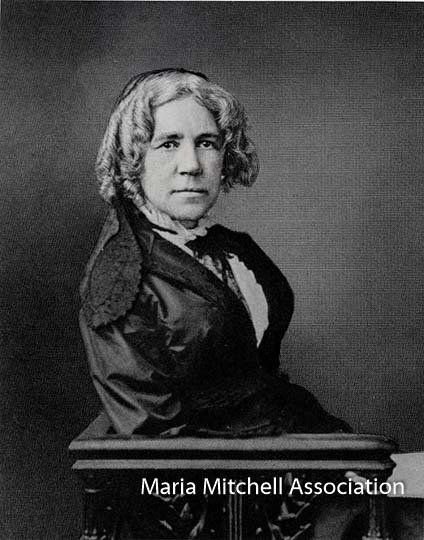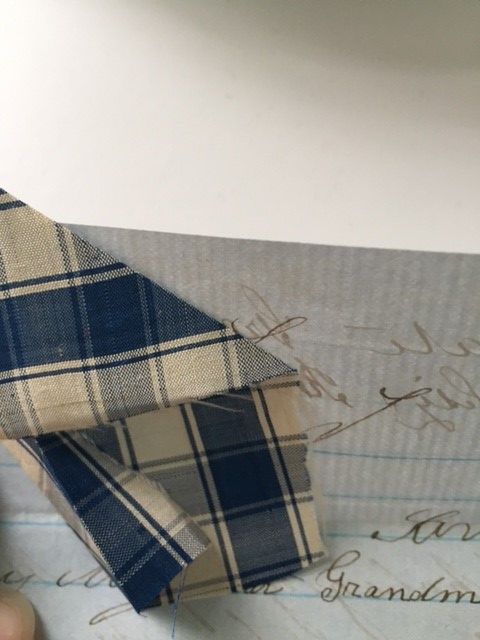The Red Crossbill
By: Ginger Andrews, MMA Field Ornithologist
This chubby irruptive winter finch doesn’t show up every year. They leave the boreal forest when their food—seeds of coniferous trees— fails in the north. So far this has been a great year to find them on Nantucket, with 127 tallied on the Christmas Bird Count.
The first Red Crossbills seen on Nantucket, three in number, were noted on December 30, 1945. After a large irruption, they may stay to nest where food is abundant. If there is enough, they can breed in that spot year-round. According to the first Massachusetts Breeding Bird Atlas, it is possible that Red Crossbills nested in Madaket at least once between 1975-1980. But no locations, state-wide, were the same during 2007-2011 according to the Breeding Bird Atlas.
Females are greenish yellow; males a dull red. Their naturally twisted beaks are a perfect “cone-opener” allowing them to squeeze open pine or other cones for the delicious seeds within. They also eat spruce, hemlock and fir sees. But on Nantucket, this year, they seem to prefer the cones of the scrubby Japanese Black Pines found near Low Beach.
They form loose flocks, moving quickly from place to place, as cones begin to open, chattering as they go. They may be discussing where the best eats are! But, there is even more to it than that; their preferences and vocalizations may be giving us new clues.
Red Crossbills are challenging ornithologists’ understanding of how and what separates one species or subspecies from another. They are still undergoing taxonomic revision, with as many as ten separate types—or species—possible. Birds in different flocks, with different, genetics, morphology, and ecological preferences use different calls and specialize in different foods. So, researchers and amateur birders are recording their calls to try and understand these nomadic wanderers. Stay tuned.
Photo by Trish Pastuszak
Recent Posts




